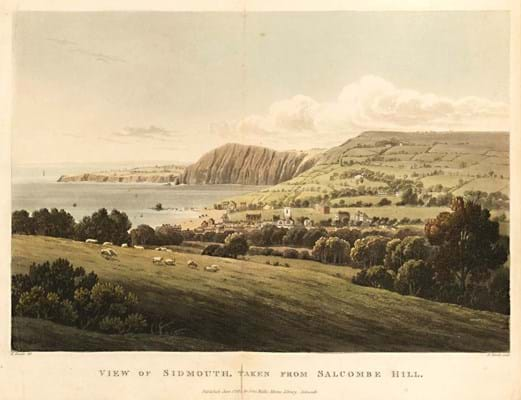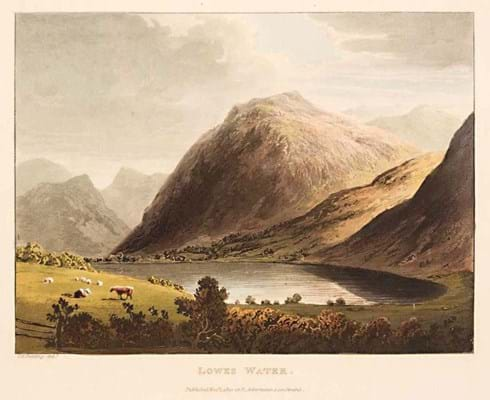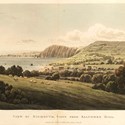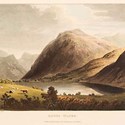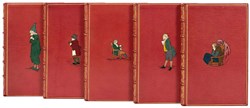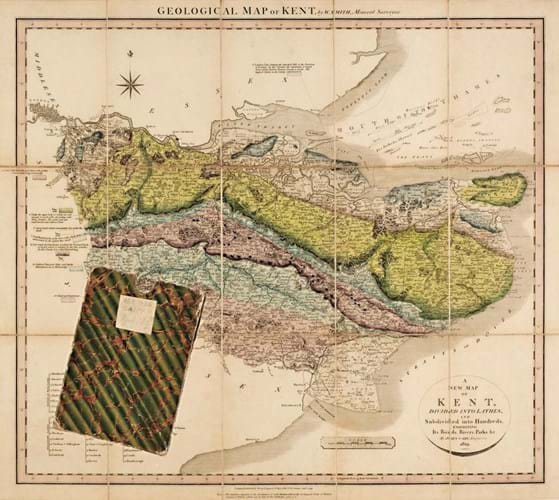
Though plenty of books were on offer at Dominic Winter (20% buyer’s premium) on July 21, cartographic lots provided many of the highlights.
Dating from 1819 and originally sold at half-a-crown (2/6d) was a Geological Map of Kent of 1819.
One of the cartographer, engraver and publisher John Cary’s county maps, it was an example he adapted to accommodate geological strata that William Smith, the ‘Father’ of English geology, had produced.
Sold at £7200, this was a first state example – the second issue apparently containing no acknowledgement whatsoever of Smith’s contribution.
A hand-coloured copy of Smith’s New Geological Map of England and Wales… of c.1845, an uncommon work at auction it seems, was bid to £5200.
Go with the flow
Though lacking the central one of the three maps intended to show the route of the Mississippi, a copy of British surveyor and military engineer Philip Pittman’s Present State of the European Settlements… on that great river, a work regarded as an invaluable source for the region’s development, sold at £3600.
Among the six folding maps and plans that it retained were the earliest known plan of Mobile and another showing the layout of New Orleans.
An 1837 first of Notes on Norway… bearing a presentation inscription from William Dawson Hooker, the author, to George Arnott Walker, a Scottish botanist, was bid to £800.
This was a work based on his recently made tour of the country and illustrated with eight uncoloured litho plates.
The son of Sir William Jackson Hooker, the director of Kew Gardens, the author had been studying the country’s flora and fauna, but shortly thereafter, in an effort to improve his health he went to Jamaica. Unfortunately he contracted yellow fever while there and died in January 1840.
Armorials in abundance
Aside from travel and maps in this auction, another lot that impressed was a German armorial manuscript that dated from the early 16th century and contains some 480 hand-painted shields and crests – 96 of them on each double-page spread.
A great many of the armorials appear to relate to bearers of Bavarian, Swabian, Franconian and Rhineland ancestry.
It sold for £6500.


